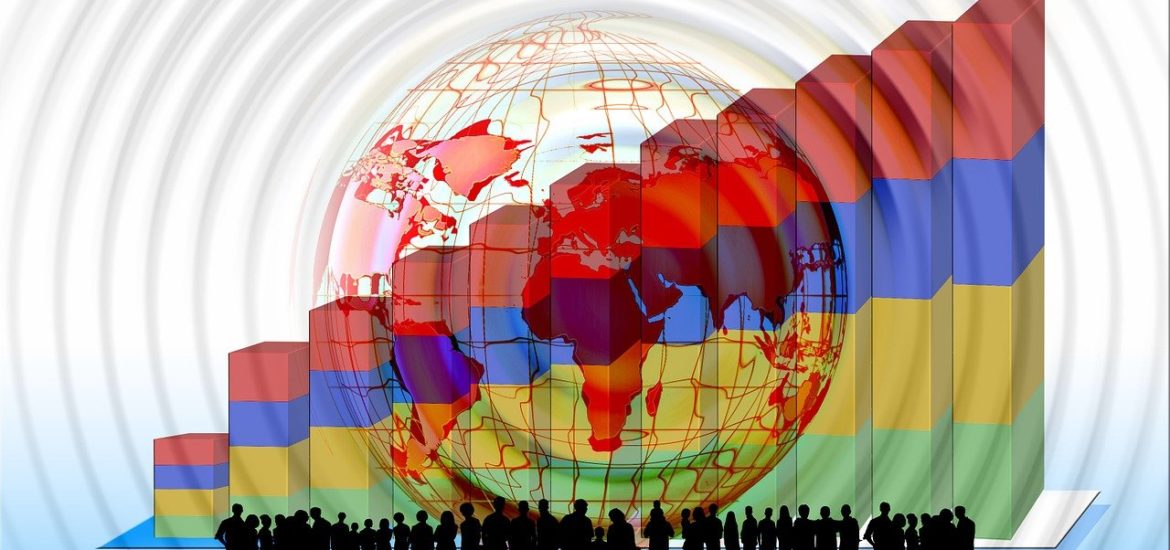The global population is anything but slowing down. Not only is the human race risking a safe life for itself on Earth, but is also threatening the very existence of the planet and its environment, both of which are the only place where man can exist (atleast as of today!). Every June, we celebrate World Environment Day and a lot is said about how we can reduce pollution, save our resources, switch to renewable sources of energy, change our eating habits, etc. But, little is spoken about how our growing population is infact endangering the environment. This World Population Day, let’s revisit how our growing population is actually imperilling our environment.
The growing population is a global issue that cannot be ignored. Infact, the United Nations held three world conferences on population and development in the years 1945, 1974, and 1994. However, there hasn’t been another one of those conferences ever since. Does that mean the world is turning a blind eye to its growing population?
Let’s get into the depth of this with some eye-opening facts!
- The current world population is 7.9 billion people and it is rising by 74 million people each year (https://www.worldometers.info/world-population/)
- As per the current rate, the world population is said to reach over 8 billion people by 2025, 9 billion by 2040 and 11 billion by 2100! This is way above the Earth’s carrying capacity.
- The population growth is not evenly distributed across all countries and regions.
Not only are we running out of space and resources to support the growing population, what is even more concerning is that we are producing more waste and exploiting the existing resources. Did you know that we have consumed more resources in the past 50 years entire humanity before that?
Is the Population to Blame?
Is it fair to say that just the rise in population is impacting our environment? Well, it is not the population by itself by the many features of the population that are to blame.
Size of the Population
As of 2015, 80% of the world’s population existed in developing countries. It has been observed that developing countries had higher birth rates. This can be attributed to poverty, lack of economic policies, family planning and education. A rising population in some parts of the world affects their local environment and adds pressure to the existing resources.
Along with the increased population size in developing countries, the growing urbanization has seen people migrate to cities more than ever. This tends to disrupt the balance in the cities, which are now overpopulated. This has been seen not just in developing countries but also in developed countries. When there is an exodus of people migrating in search of a better livelihood, especially in the case of refugees, they end up living in slums or camps, which results in exploitation of water resources, create problems in waste disposal and cause land damage.
Distribution of the Population

Image Source: Image by WikiImages from Pixabay
Uneven age distribution of the population across the world puts a strain on environmental resources. For example:
- A growing ageing population means a lesser number of people in the workforce contributing to the economy of the country
- Increasing life expectancy with reduced income in many middle and low-income nations results in exploitation of the environment and increase in pollution.
- The suffering economy of a country affects how it manages its environment
Consumption of the Population
The next parameter of the population that significantly affects the environment is the consumption patterns. This is particularly true for developed nations, where the consumption of certain resources, foods and products is a part of their lifestyle. This is what we call ‘consumer culture’. This consumption culture results in mass production of goods, increased waste production, using enormous amounts of energy– all of which increase environmental pollution and depletes resources.
Its time for people to review their ecological footprint i.e., the impact a person or community creates on the environment and is usually expressed as the amount of land required to sustain their use of natural resources. You will be shocked to know that as of 2014, Australia had the largest ecological footprint of 6.7 hectares per person, way above the global average of 2.7 hectares per person. An American footprint is said to be 9 times that of an Indian.
Apart from these factors, other factors that are modified by the growing population and affect the environment include:
- Agricultural practises
- Eutrophication
- Reclaiming land
- Depleting freshwater supplies
- Global warming
Enough of the Problems, Is There a Solution?
Well, yes there is! Many world governments have now recognized the impending doom that a growing population can cause for the survival of the human race. In some global meets like the United Nationals Climate Change Conference, many international policies have been suggested and implemented to devise workable solutions that can be implemented at the individual, local and regional levels, to reduce our footprints in the environment. While many people believe that failing to keep our population in check can result in Earth itself eventually doing it for us, some measures that we must take urgently include:
- Making sustainability our prime goal
Everything we do, we must have sustainability at the heart of it.
- Innovative solutions
Develop innovative technological solutions like advances in food production technology, changing farming practices, water purification and increasing use of renewable energy.
- Changing education and healthcare policies
Educating people and offering access to health and education freely can bring down birth rates. With more people learning about the importance of family planning, birth control and understanding how a small family can lead to better standard and quality of life can help retard the birth rate. When feeling empowered about their position in society, they are more likely to comply with global and national policies aimed at slowing down the population rates.
- Teach people to respect the environment
Enlightening people about how their actions can affect the environment is a great approach to help reduce human impact on the environment. Governments need to re-evaluate their people’s consumption patterns and raise awareness about it. Encouraging simple activities like taking shorter showers, recycling your waste, composting, avoid the use of plastics, opting for an environment-friendly transport mode are some ways to do so!
At the same time, governments also need to make changes to their environmental policies to keep carbon dioxide emissions and greenhouse gases under check, increase natural areas and encourage reforestation, and increase the uptake of renewable energy sources.
A Takeaway to the Future!
While the issues are plenty, we are still in time to save our planet from our growing population. Making sustainable choices and altering our practices with the right policies can protect our environment. The best place to begin is by keeping sustainability at the core of all our endeavours.
References:
- https://www.science.org.au/curious/earth-environment/population-environment graph
- https://www.researchgate.net/publication/237771340_IMPACT_OF_POPULATION_EXPLOSION_ON_ENVIRONMENT
- https://sciencing.com/calculate-population-projections-8473012.html
- https://www.thebalancesmb.com/how-overpopulation-impacts-the-environment-4172964
- https://www.ncbi.nlm.nih.gov/pmc/articles/PMC2792934/
- https://www.worldometers.info/world-population/
Featured Image: Image by Gerd Altmann from Pixabay









